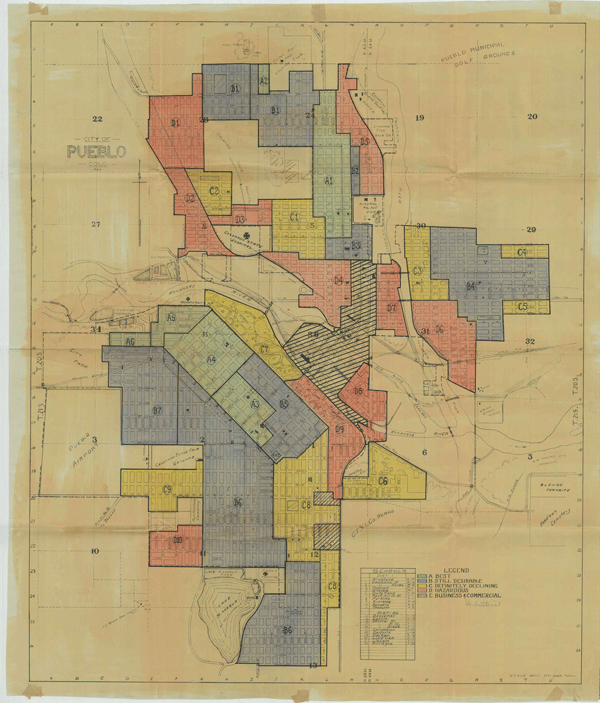Story
Seeing Red: The unethical practice of redlining in Pueblo
In 1915, my great grandmother Bettina Trapaglia immigrated to the United States from Italy. On the ship’s manifest, archived in the records at Ellis Island, she listed her destination as: Elm Street, Pueblo, Colorado. The Elm Street neighborhood was home to many Italian immigrants.
Recently, I uncovered a map of Pueblo from the National Archives, made in the 1930s, that highlighted my great grandmother’s Italian immigrant neighborhood in Pueblo with a shade of red. The map categorized the neighborhood as “hazardous.” The map's accompanying document noted Elm Street's “Italian concentration” and its “conglomeration of foreign industrial workers.” It also stated, “The houses are cheap, old, and run-down. Sales are almost impossible in this section and loans will not be made therein.”
This map of Pueblo warns of other so-called “hazardous” neighborhoods that include: “working people of lower classes,” “a liberal scattering of negroes,” “foreign elements of the poorest classes,” “foreigners, chiefly Mexicans,” and “an inferior class of white people.”
Maps like this, and their accompanying documentation, engaged in a practice called redlining. Redlining was an unethical practice of racial and ethnic discrimination that denied residents of certain areas access to things such as home loans, mortgages, insurance, and other financial services. It was tied to where people live, their economic class, and their race or ethnicity, rather than a family’s qualifications, finances, or credit. And, ultimately, the practice of redlining prevented certain people from owning homes and property and created a de facto segregation across the US.
Redlining, a term not coined until the 1960s, spun out of the Great Depression and was used to assess risk in the home-buying market. The name redlining comes from the use of red/pink ink on maps to highlight hazardous neighborhoods. Local bankers, realtors, and other real estate experts would compile the information for redlining documents. In the case of the Pueblo map, the designations reflect the “composite judgement” of “authorities on Pueblo real estate.” In addition to unethical discriminatory practices, redlining had inherent conflicts of interest because these assessments were created by the same people who stood to profit from it.
Realtors deliberately maintained the ethnic and class purity of neighborhoods deemed “best” and “desirable” and filled with a “good class of citizens.” The system worked so well because residents also enforced this segregation by establishing homeowners’ covenants to prohibit demographic diversity, excluding racial and ethnic minorities, immigrants and working class people from their neighborhoods.
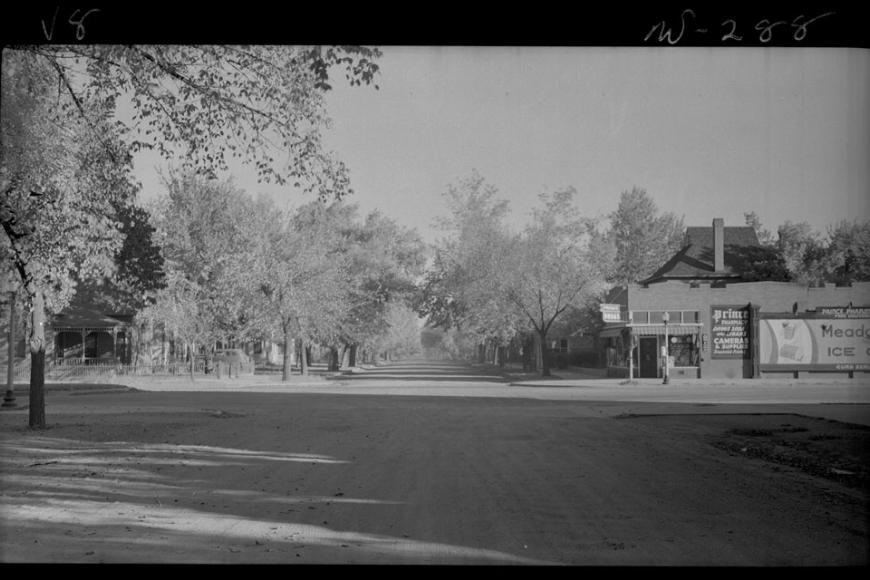
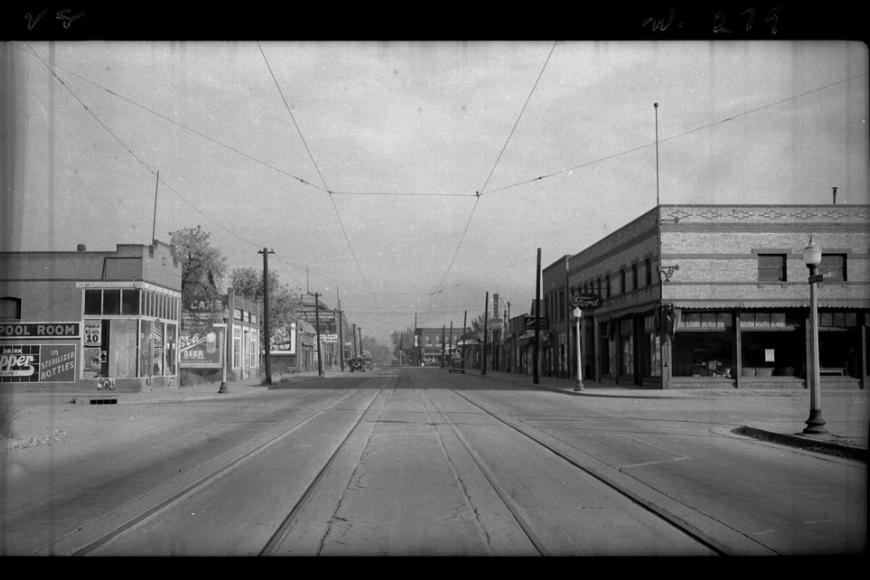
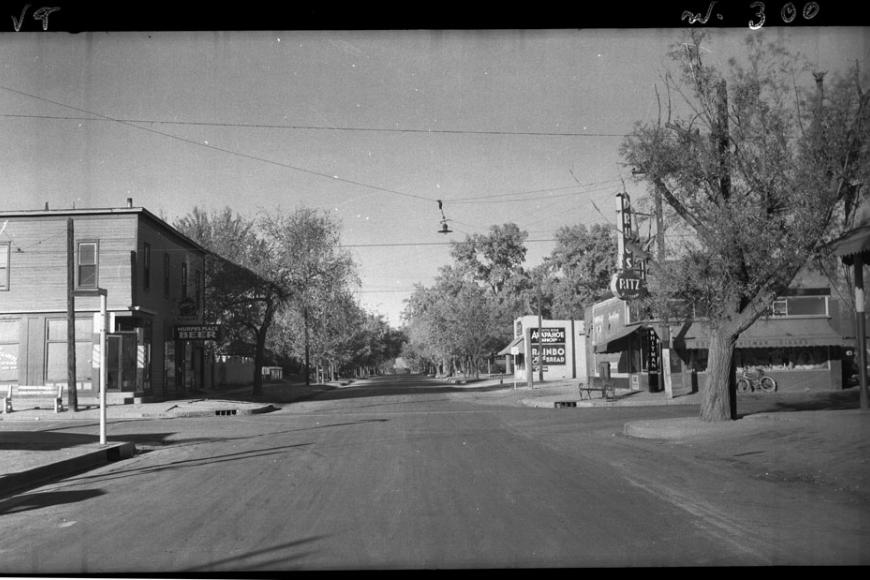
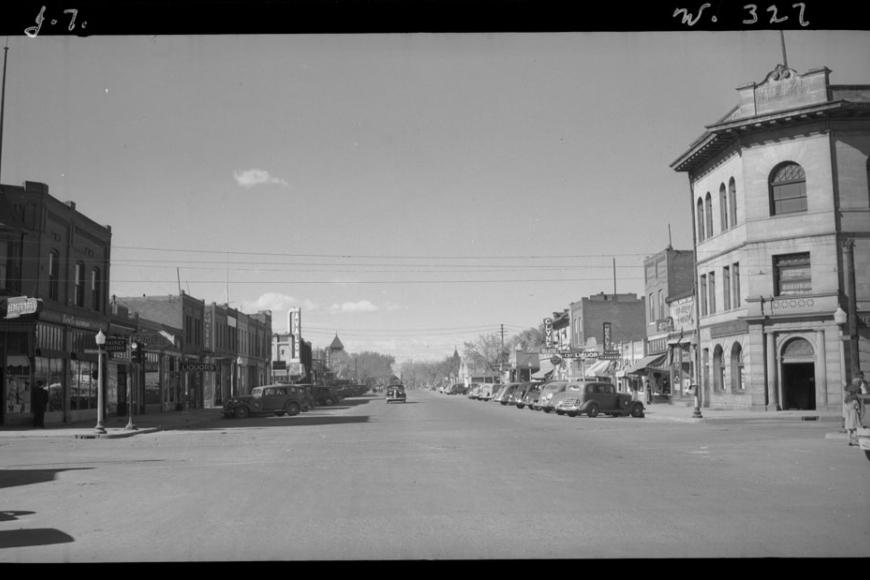
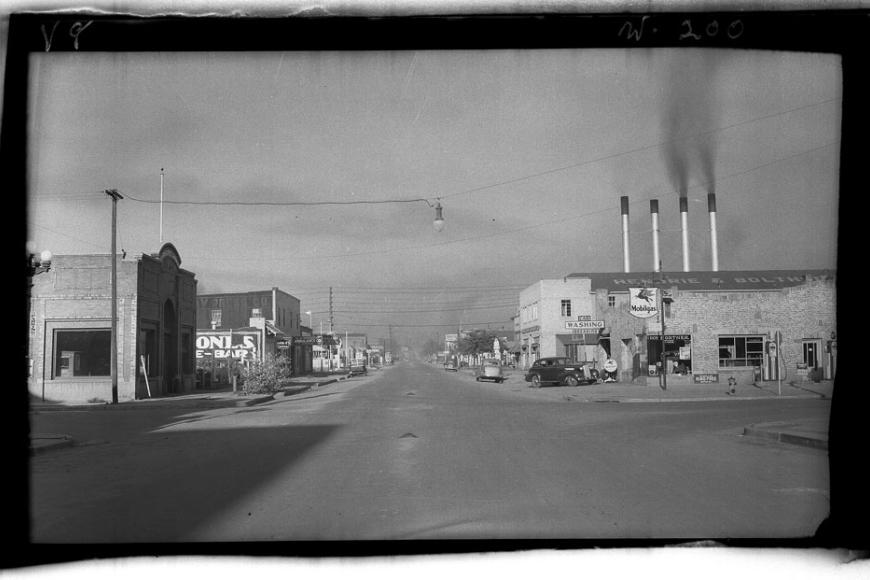
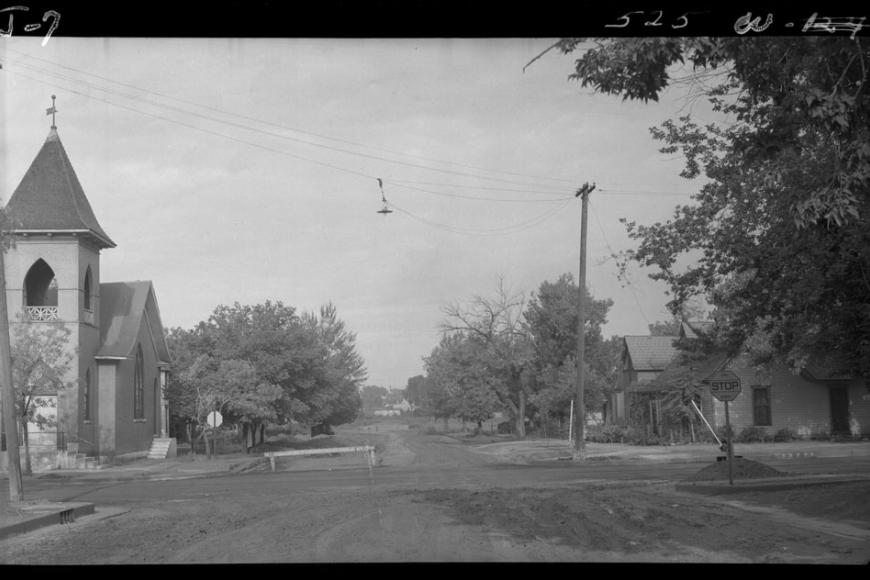
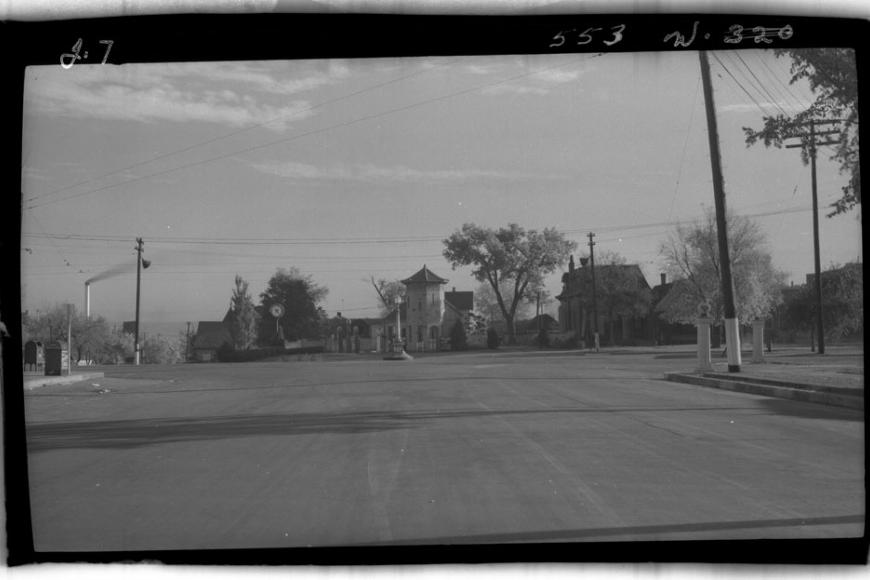
Redlining, made illegal with the 1968 Fair Housing Act, created generational implications for both neighborhoods and families. The American dream is predicated on home ownership. Equity in a home enabled families to accumulate generational wealth and provided for social mobility. When families are prevented from owning valuable homes, it creates a primary inequity that reverberates through future generations.
Neighborhoods, historically and today, also benefit when families own and occupy their homes. Likewise, a system that deliberately fostered low rates of home ownership in a neighborhood often repelled other forms of investments. For example, city administrators and developers would divest from neighborhoods labelled hazardous and declining. This created areas with diminished basic infrastructure like curbs, streets, sidewalks, stormwater, etc. that formed a long-term and almost irreversible gap in neighborhood value. Some ethnic and Catholic groups in Pueblo formed credit unions and insurance unions as a way to work around this discrimination.
Much of wealth inequality in America is tied to geography and segregation. This is especially noticeable with schools, since where you go to school and how your school is funded is based on where you live. Lack of access to quality, well-funded neighborhood schools creates lifelong disadvantages that extend into future generations.
The burden of redlining is just one of the many factors that can harm a neighborhood. When you examine the maps, you can see that some neighborhoods once declared “best” and “desirable” are now struggling. Through El Pueblo History Museum’s work in Pueblo’s neighborhoods, we have also learned how neighborhoods have suffered from the loss of nearby grocery stores, the intrusion of Interstates and highways, the increase in car-centered city planning, and the closure of schools.
You can study the redlining map of Pueblo for yourself. The map and accompanying documentation will be on display at El Pueblo History Museum, starting the weekend of Martin Luther King, Jr. Day. We encourage everyone to visit and examine this primary document, which had the power to define our community. It is interesting to see correlations between today’s local geographies and the historic map, and it is important to contemplate the ramifications of this document.
Most of all, we must remember that healthy, thriving neighborhoods are the backbone of a vibrant community. We, as community leaders and residents, have an obligation to lift up all of Pueblo’s neighborhoods. The choices we make today have significant implications for our descendants who will inherit this community from us.
This article was published in The Pueblo Chieftain.
Seeing Red is a popup exhibit on redlining open at El Pueblo History Museum through Spring 2019.

